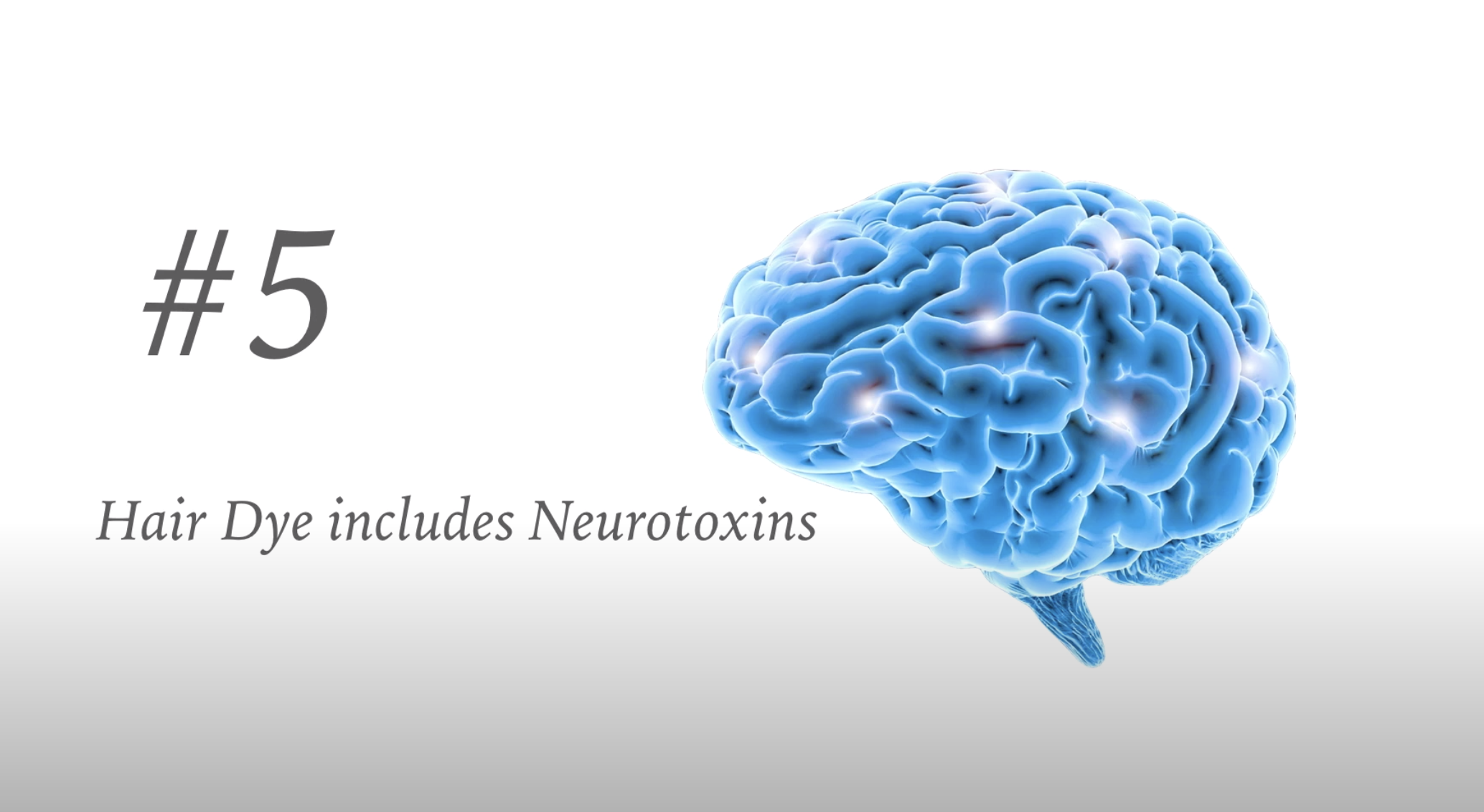5 Alarming Things You NEED TO KNOW about BOX DYE
Welcome back to my silver hair blog.
Today I’d like to share with you 5 Alarming things you NEED TO KNOW about BOX DYE.
If you enjoy the content about silver hair on this channel, please subscribe to my Youtube channel, Silver Foxy and turn on all notifications so that you don’t miss any of my uploads.
If you’re not already a member of the Silver Foxy Hair support group on Facebook, join here. Don’t forget to answer all three membership questions!
Many hair dyes include neurotoxins which affect how the brain functions.
Box dyes usually contain ammonia, hydrogen peroxide, paraphenylenediamine (PPD), and resorcinol.
There is data showing the neurotoxic effects of ammonia, toluene, and lead acetate which are common ingredients that can be found in hair color products.
Ammonia in hair dyes is applied directly to the scalp where it will be absorbed through the skin. Chronic exposure to ammonia may have a detrimental impact upon the central nervous system.
In a 2018 research study, it is noted that ammonia has strong neurotoxicity, and several initial studies declared a possible association between Alzheimer’s Disease and blood ammonia level.
Toluene is in many hair dyes and is a known neurotoxin. Long-term and intense exposure to toluene vapors has a severe impact on the central nervous system. Chronic toluene use can cause dementia.
#4 Hair Dye Causes Hair Loss
There are a few ways in which hair dye can cause one to experience hair loss. This is usually from bleaches and the chemicals present in dye. The two main toxins that cause hair loss are ammonia and hydrogen peroxide.
AMMONIA Your hair is damaged the very moment when your hair is exposed to ammonia because the cuticle is not meant to be damaged or be penetrated. The only purpose of ammonia is to break the cuticle. The uplift of the cuticle can lead to hair loss that is caused by hair breakage.
PEROXIDE The peroxide stays on your hair until the dye penetrates the hair shaft. The peroxides in dyes leave your hair dry and frizzy making them prone to damage. The longer the ammonia and peroxide stays on your hair, the more your hair weakens.
#3 Hair Dye causes allergic reactions
A common hair dye chemical known as PPD, or Paraphenylenediamine is a known allergen in many people.
Para-phenylenediamine, or a chemically related -diamine is an ingredient used in virtually all oxidative hair dyes, both store-bought and used in salons.
It is the main component in oxidative hair dyes which helps the color to penetrate your hair shaft and deposit the pigment . Darker hair dyes have a higher concentration of PPD than lighter dyes.
Common reactions include swelling of the face and an itchy burning scalp. Some people have also reported going temporarily blind.
#2 Hair Due causes pneumonia
Hair dye can be caustic to your lungs
There’s a medical condition called chemical pneumonia. This is when your lung tissue is inflamed from poisons or toxins.
Chemical pneumonia can be caused by aspiration. Aspiration means that you breathe oral secretions into your lungs.
Symptoms of chemical pneumonia include:
Burning of the nose, eyes, lips, mouth, and throat
Dry cough
Wet cough producing clear, yellow, or green mucus
Cough producing blood or frothy pink matter in the saliva
Nausea or abdominal
Chest Pain
Shortness of breath
Painful breathing
Headache
Flu-like symptoms
Weakness or a general ill feeling
Delirium or disorientation
#1 hair dye weakens your immune system
Hair dye includes over 5,000 chemicals - many of which cause inflammation within the body.
In a study done at the University of Copenhagen, it was proved that paraphenylenediamine (PPD)-contained in hair dye strongly affects immune system. It causes Inflammation and swelling of the tissues and lymph nodes. This reaction worsens with repeated contact.
Some studies have shown the toxins in hair products can cause immunotoxicity. This means that they have an adverse effect on the healthy immune system from the result of continual chemical exposure.
The organs, tissues, and the immune system start to break down.











